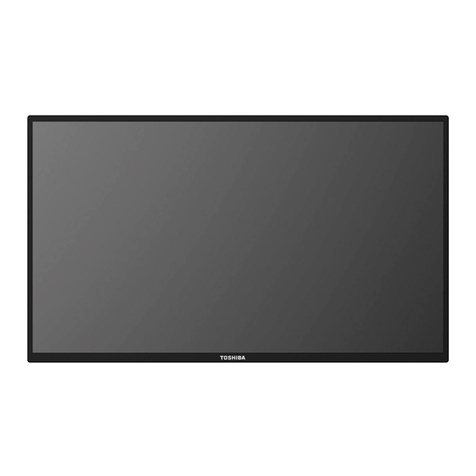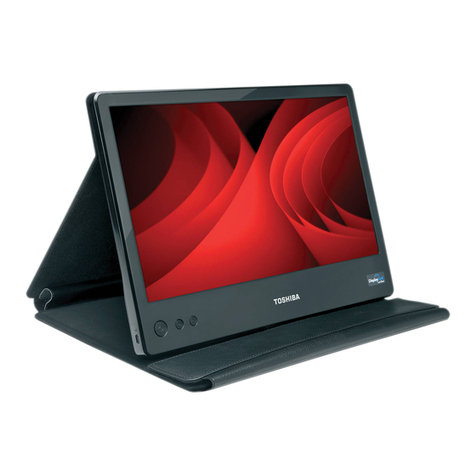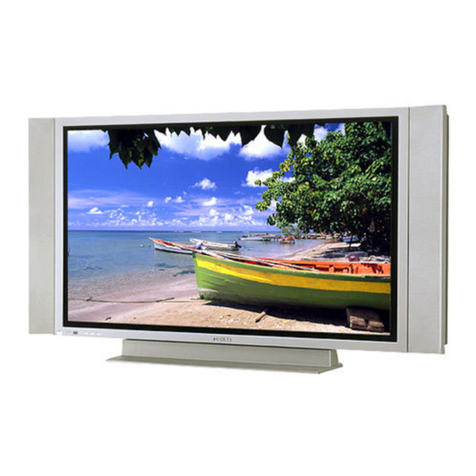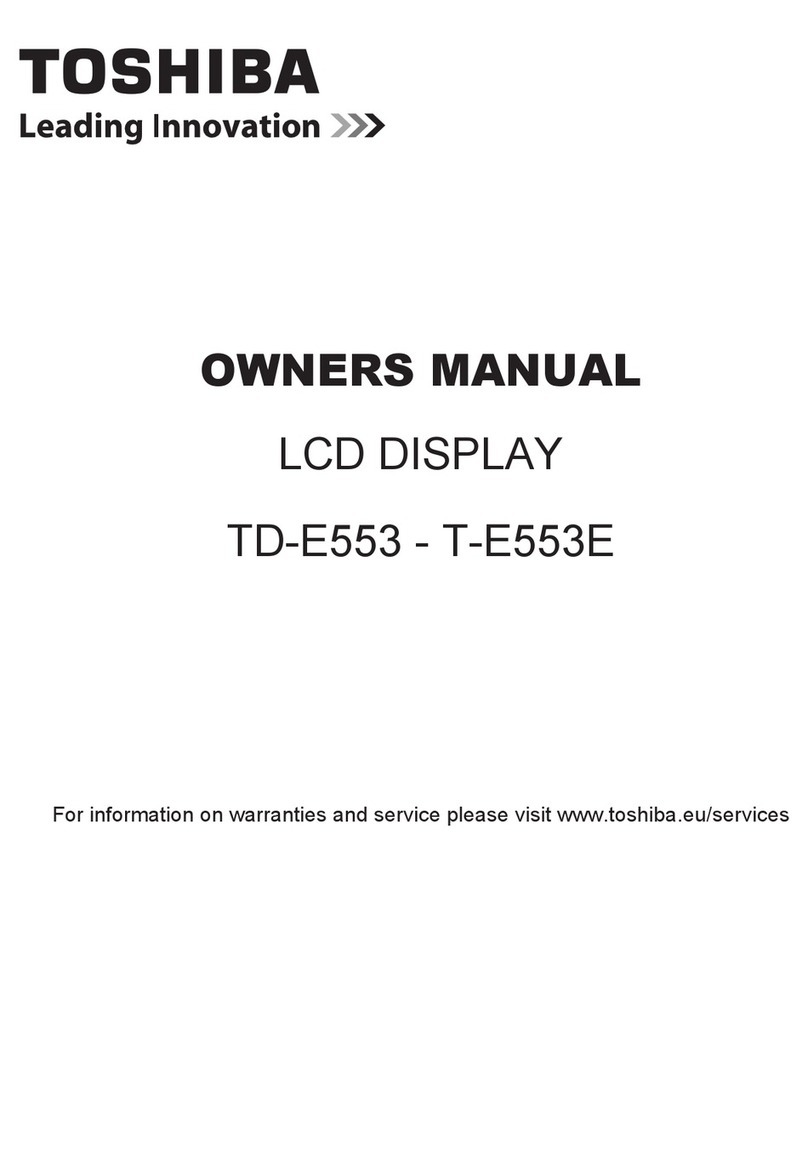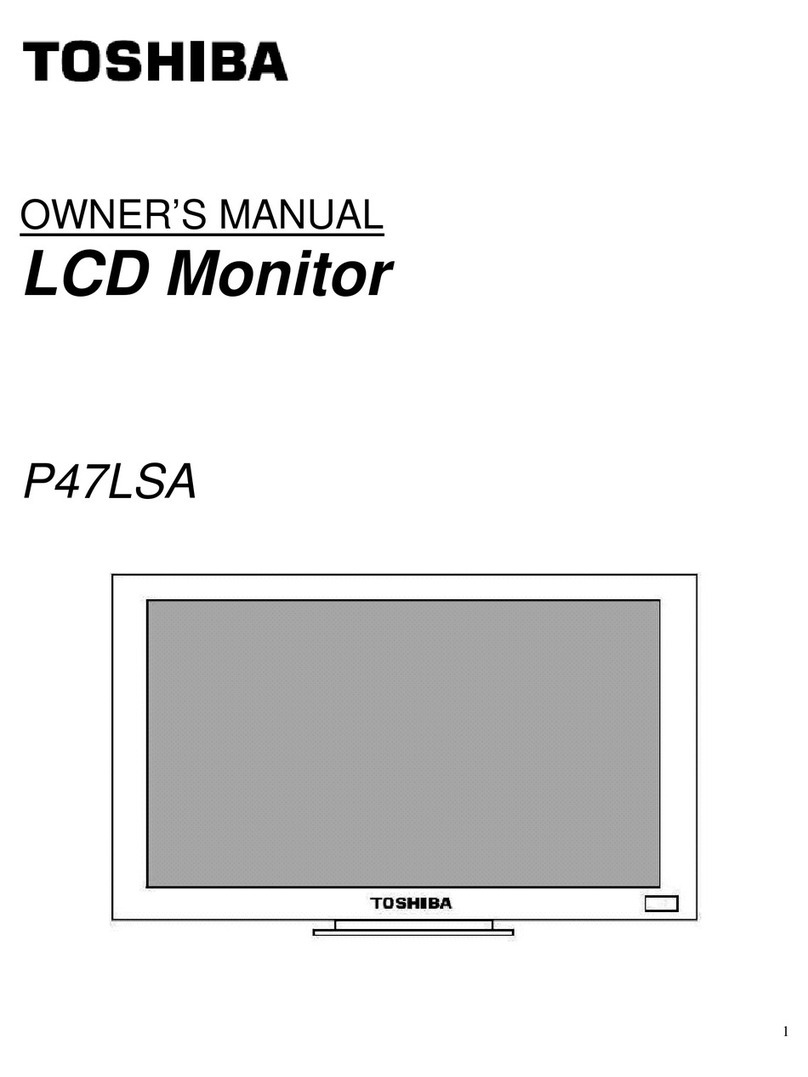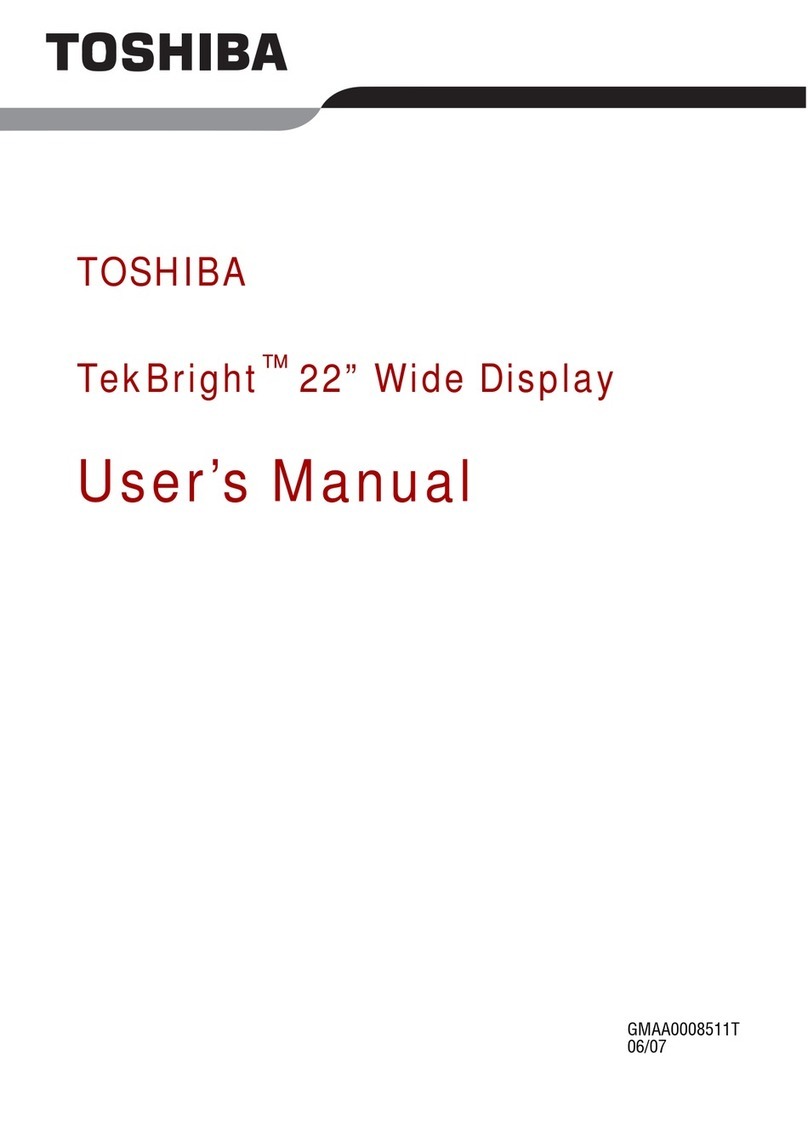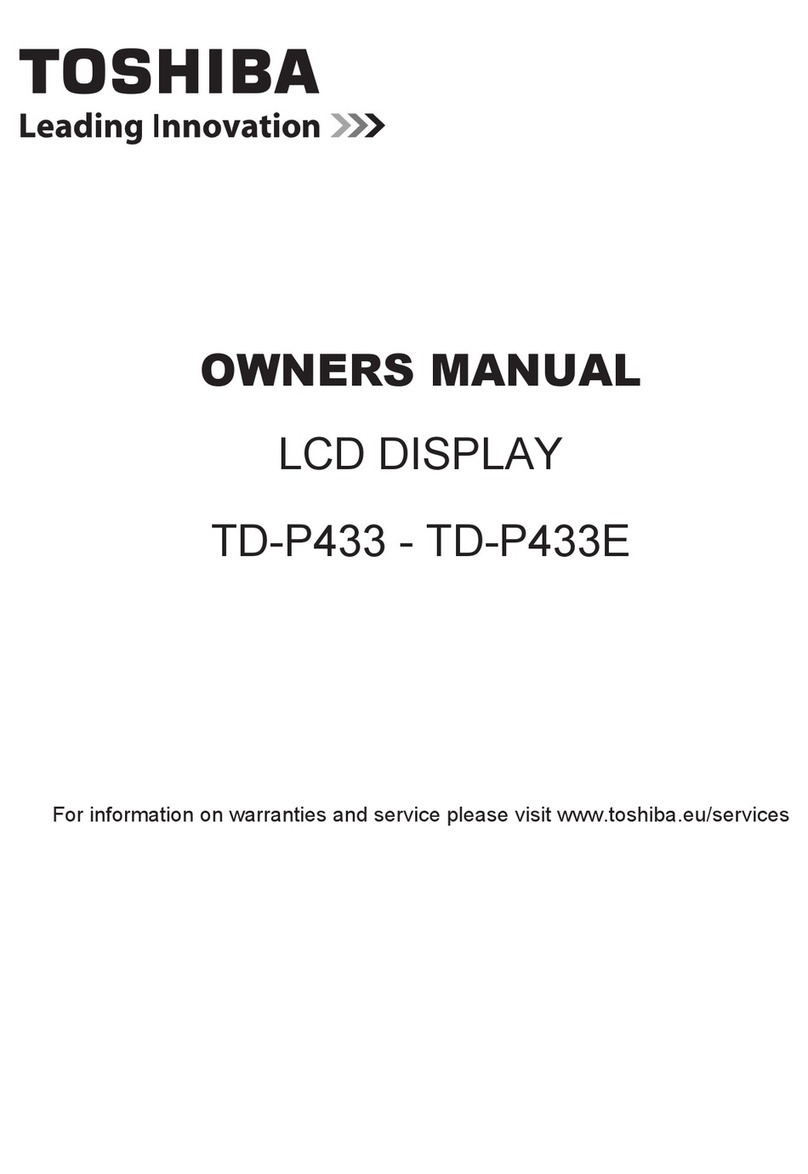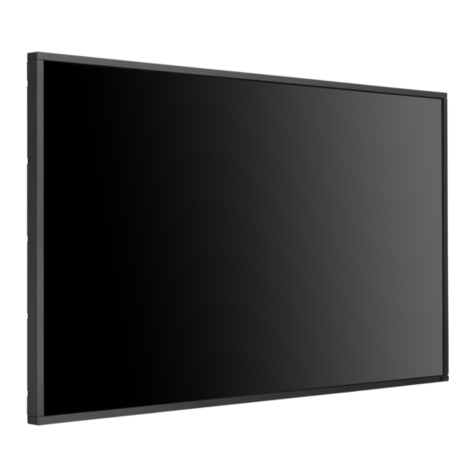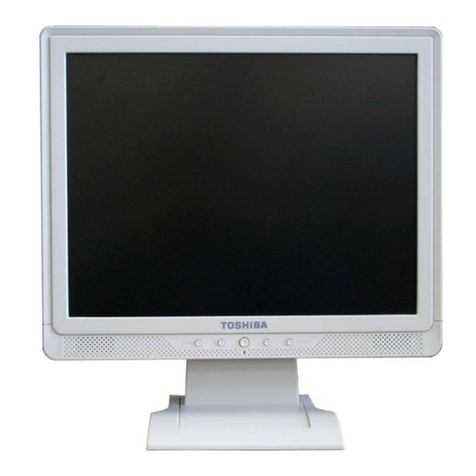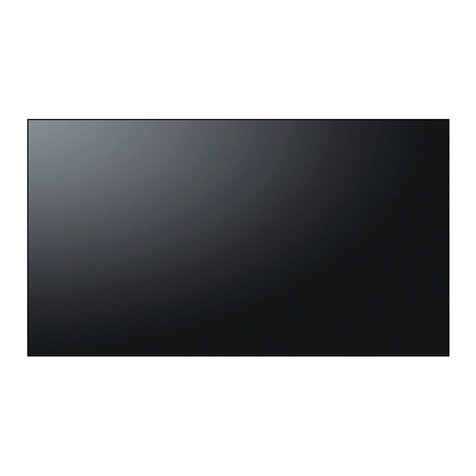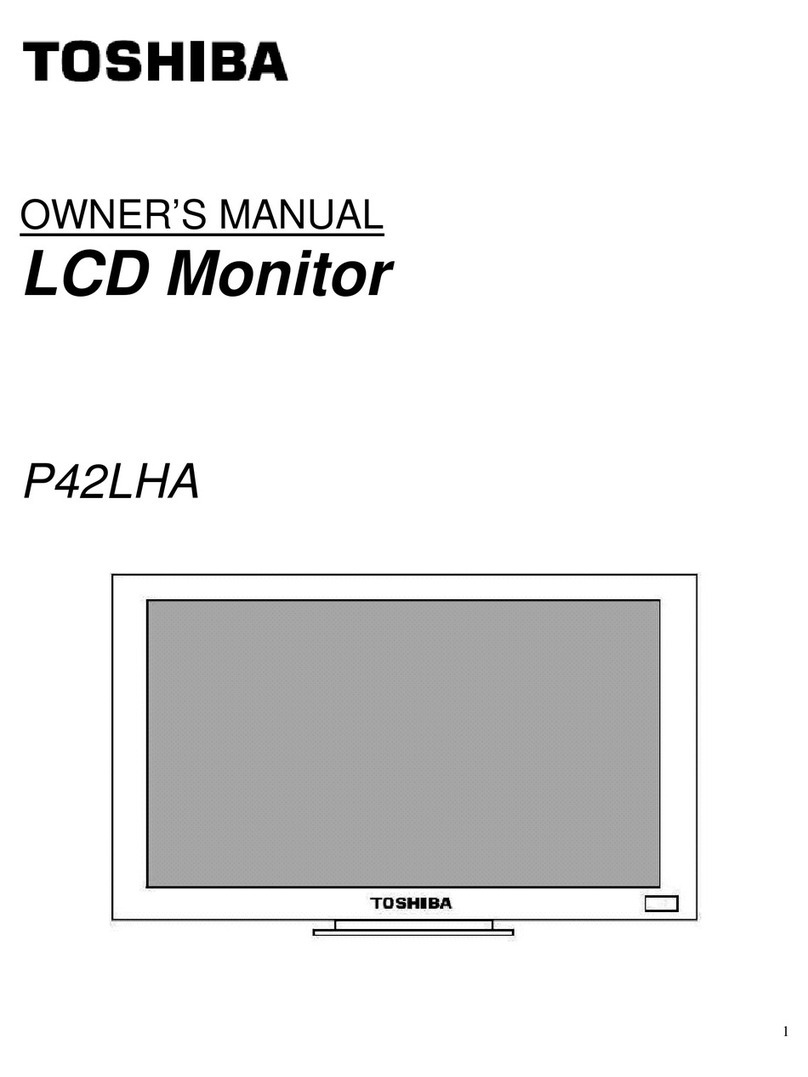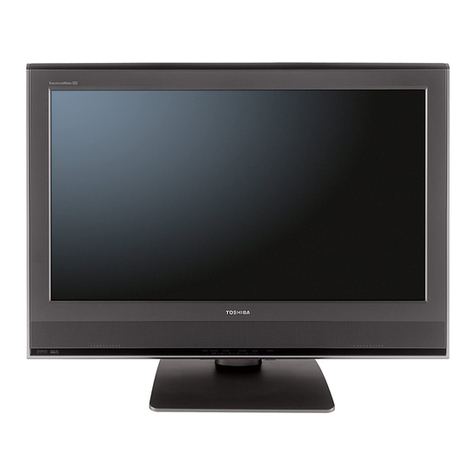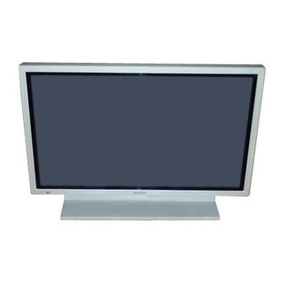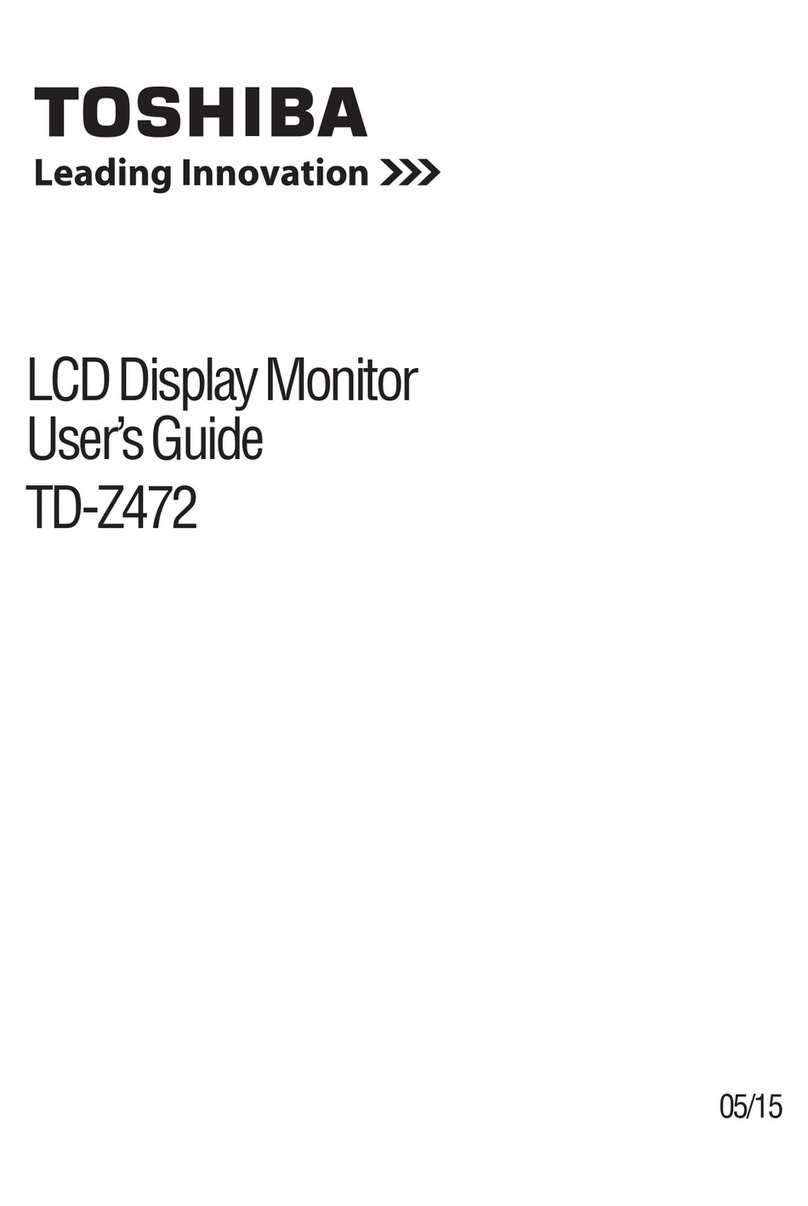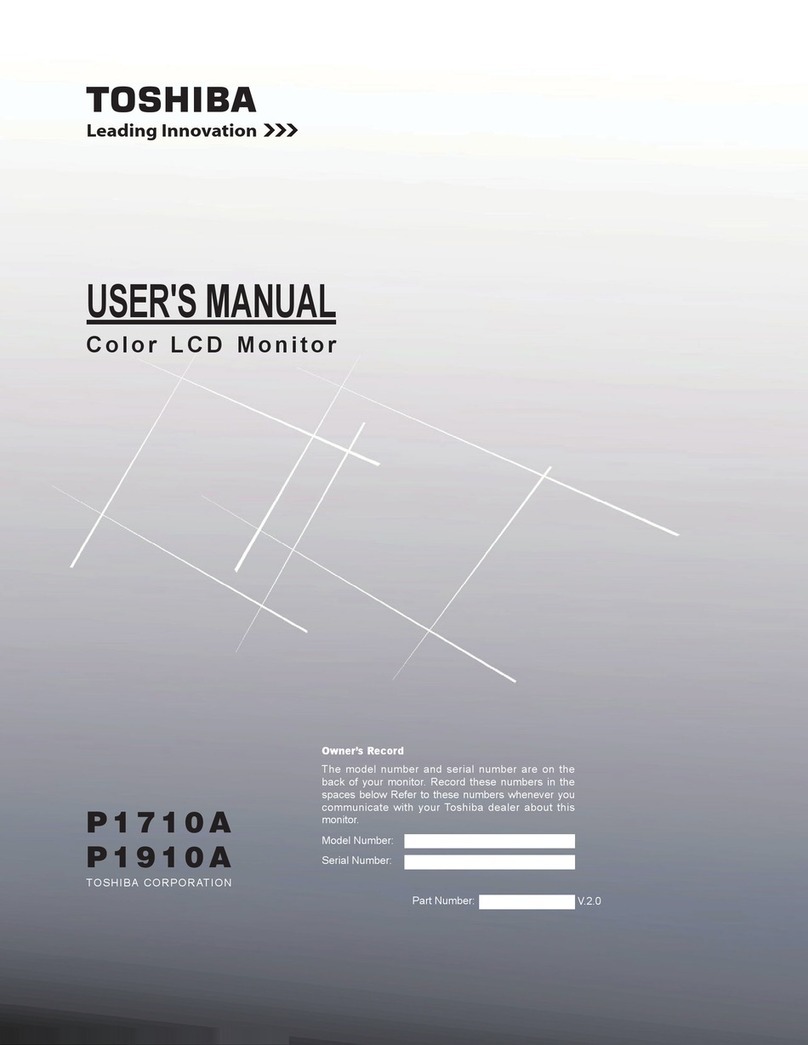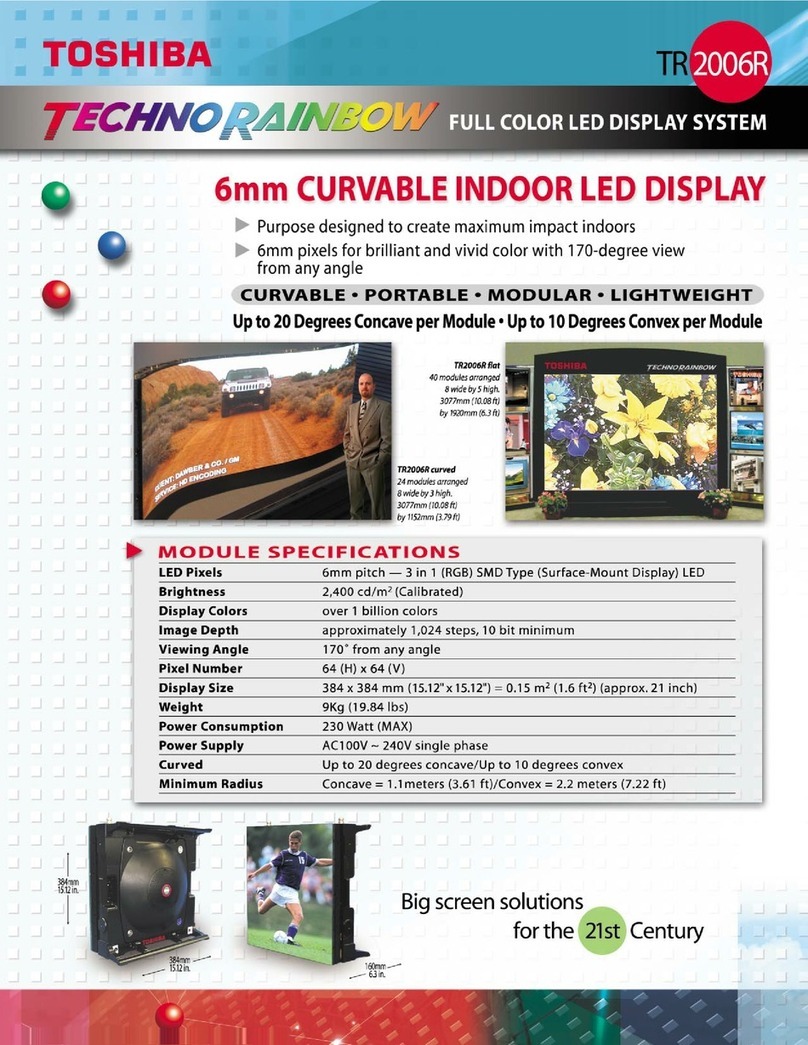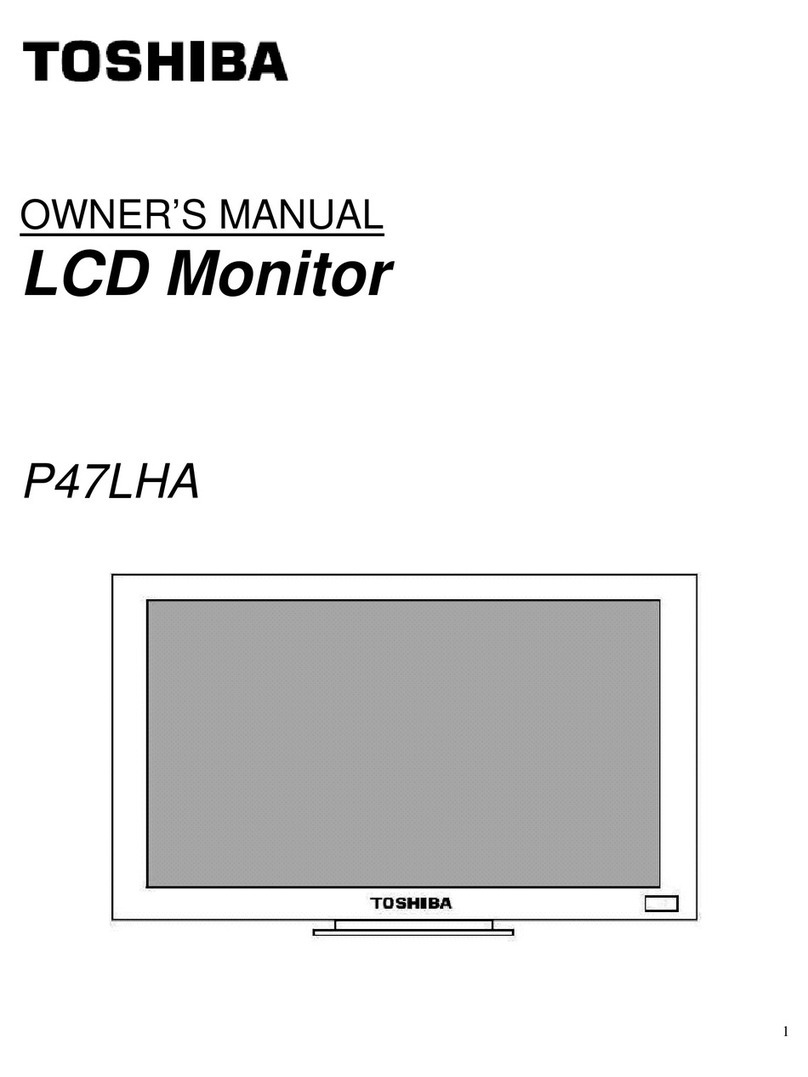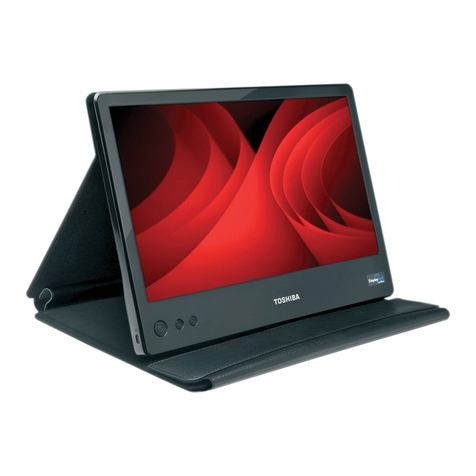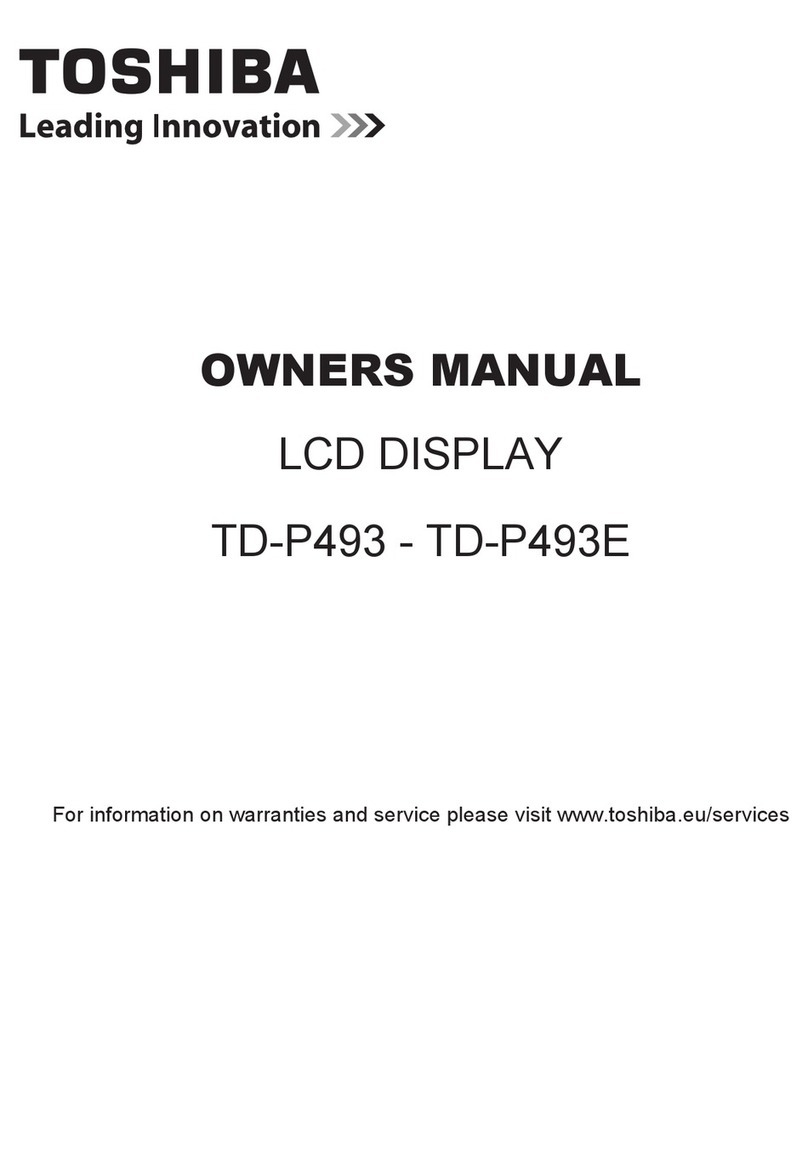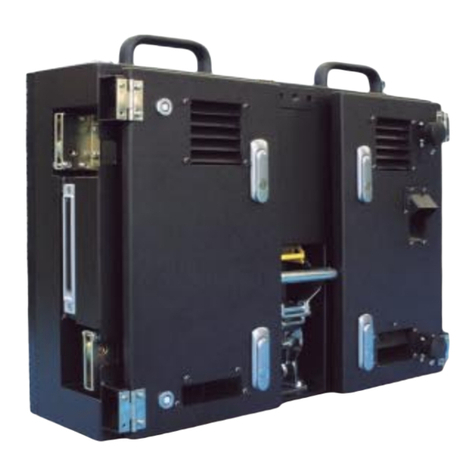
Important Information
11. POWER-CORD PROTECTION
Power-supply cords should be routed so that they are not likely to be walked on or pinched by items placed upon or
againstthem, paying particular attention to cords at plugs, convenience receptacles, and the point where theyexit
from the appliance.
12. LIGHTNING
To protect your unit from a lightning storm, or when it is left unattended and unused for long periods of
from the wall outlet and disconnect the antenna or cable system. This will prevent damage to the unitdue to lightning
and power line surges. However, while it is thundering or lightning, do not touch the apparatus and anyconnected
cable and/or equipment. This will prevent you from receiving the electric shock by an electric surge.
13. POWER LINES
An outside antenna system should not be located in the vicinity of overhead power lines or other electric light or
power circuits, or where it can fall onto or against such power lines or circuits. When installing an outside antenna
system, extreme care should be taken to keep from touching such powerlines or circuits, as contact with them might
be fatal.
14. OVERLOADING
Do not overload walloutlets and extension cords, as this can result in a risk of fire or electric shock.
15. OBJECT AND LIQUID ENTRY
Do notpush objects through any openings in this unit, as they may touch dangerous voltage pointsor shortout parts
that could result in fire or electric shock. Never spill or spray anytype of liquid into the unit.
16. HEAT
The product should be situated away from heat sources such as radiators, heat registers, stoves, or other products
(including amplifiers) that produce heat.
17. CONNECTING
When you connect the product to other equipment, turn off the power and unplug all of the equipment from the wall
outlet. Failure to do so may causea product damage. Read the owner'smanualof the otherequipment carefully and
follow the instructions when making any connections.
18. LCD
Do not press on or jolt the LCD panel. Doing so maycause the LCD panel glass to break and injury may occur.
Should the LCD panel be broken and liquid leaks out, do not inhale or swallow it. Doing so maycause poisoning. If
you have got it into your mouth, wash it out and consult your doctor. If your hands or clothes have touched it, wipe
them with alcohol and a cleaning cloth and then wash them well.
4
Notes on handling
Do not subject the LCD panel to physical shock,
such as dropping it. It may cause malfunction.
Retain the original shipping carton and packing
materials. Repack the unit as it was originally
packed at the factory. For maximum protection when
shipping.
Do not use volatile liquids, such as insecticide, near
the unit. Do not leave rubber or plastic products in
contact with the unit for long periods of time. Doing
so will leave marks on the finish.
The top and rear panels of the unit may become
warm after a long period of use. This isnot a
malfunction.
When the unit isnot in use, turn off the power.
Notes on locating the unit
Place the unit on a level surface. Do not use it on a
shaky or unstable surface such as a wobbling table
or inclined stand. Doing so may damage the unit.
When you place thisunit near a TV, radio, or VCR,
the playback picture maybecome poor and the
sound maybe distorted. In this case, place the unit
Clean only with a soft, dry, lint-free cloth.
Notes on LCD
The color LCD is manufactured using extremely high
precision technology, but even so may include
certain pixels that do not operate properly (that do
not light, that remain lit constantly, etc.). We do our
bestto keep the number of these defective pixels to a
minimum, but please understand that they cannotbe
completely eliminated even with the most advanced
manufacturing technologies available today.
The fluorescent tube which illuminates the panelfrom
the inside will deteriorate with use. When the LCD
becomes dim, flickers, or does not illuminate, contact
your dealer for replacement.
The brightness of the LCD monitor differs slightly
depending on the viewing angles. Adjust the angle to
obtain the best viewing.
